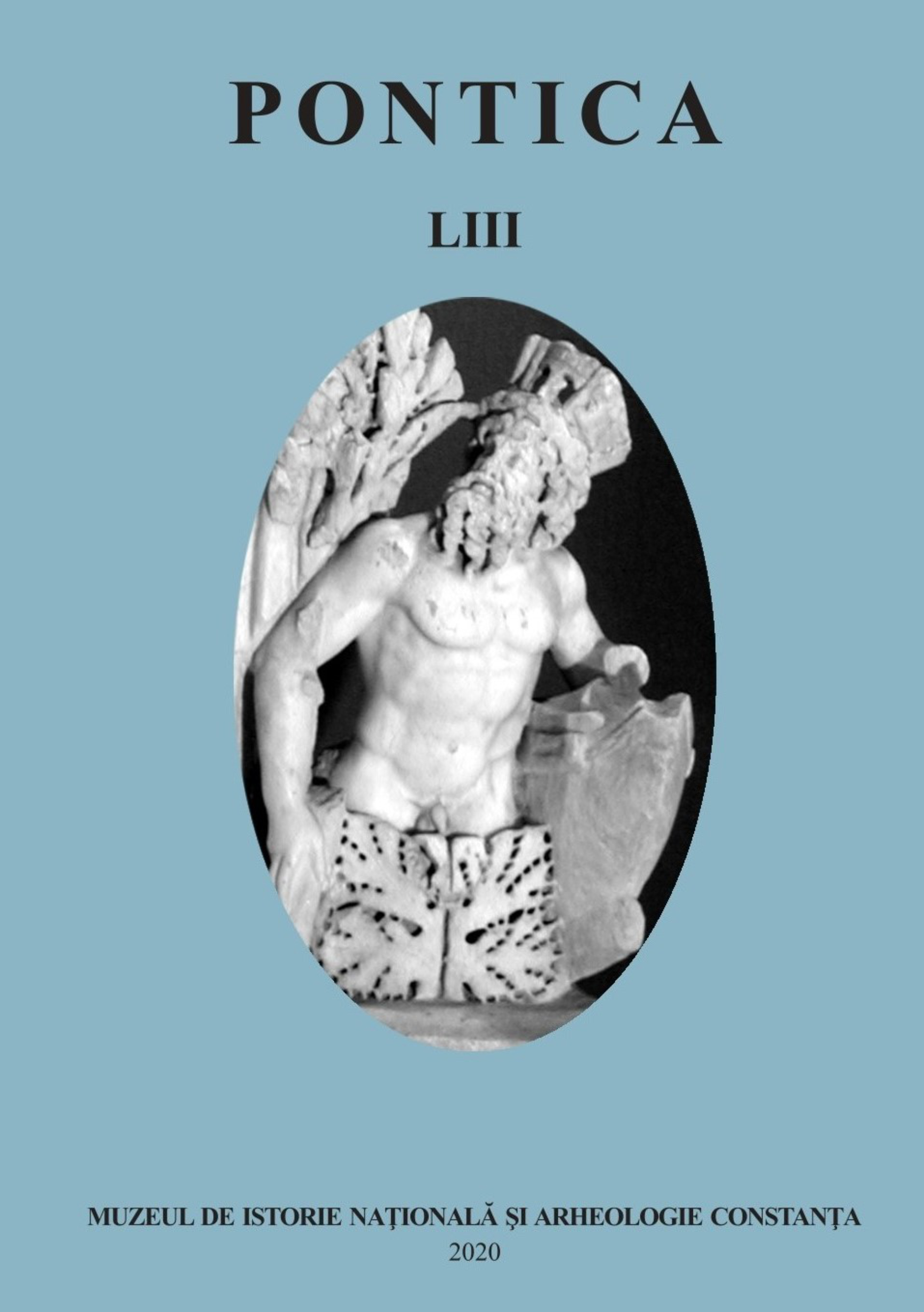Early Medieval Bulgarian Belt Set – Composition and Function
Early Medieval Bulgarian Belt Set – Composition and Function
Author(s): Stella DonchevaSubject(s): History, Anthropology, Social Sciences, Archaeology, Ancient World, Middle Ages, 6th to 12th Centuries
Published by: Muzeul de Istorie Națională și Arheologie Constanța
Keywords: Bulgarian belt set; production of metal art; composition; function; use;
Summary/Abstract: After baptism and imposing a Christian faith, the belt begins to lose much of its sacred and symbolic character. Moreover, even in Byzantium, where the new religious system comes from and changes the whole public structure, such military distinctions and attributes of clothing are not used in this form. The well-known belt sets of this period have different material and technology of manufacture. They are forged from metal plates on matrices, have larger dimensions and a specific ornamentation. From being a military distinction and a symbol of be longing to a certain social class, the belt gradually began to propagate and spread among various other population categories, which is confirmed by the mass production of items for belt sets. The widespread penetration of the ornamental belt among the common people since the beginning of the 9th century has permanently produced a change in the material of fabrication. Castings are mainly copper alloys (bronze), and less often billon and silver. But when did the final desacralization and profanation of the belt in the Bulgarian society occur? Obviously at the time when the mass production of belt sets began in medieval Bulgaria - at the end of the era of king Simeon the Great (893 -927) and the time of king Peter the I (927-969). Afterwards, during the following period of peace in Bulgarian history, along with the signing of the 30-year treaty between Bulgaria and Byzantium, appropriate conditions for the development of arts and crafts were created.
Journal: Pontica
- Issue Year: 2020
- Issue No: 53
- Page Range: 323-341
- Page Count: 19
- Language: English

